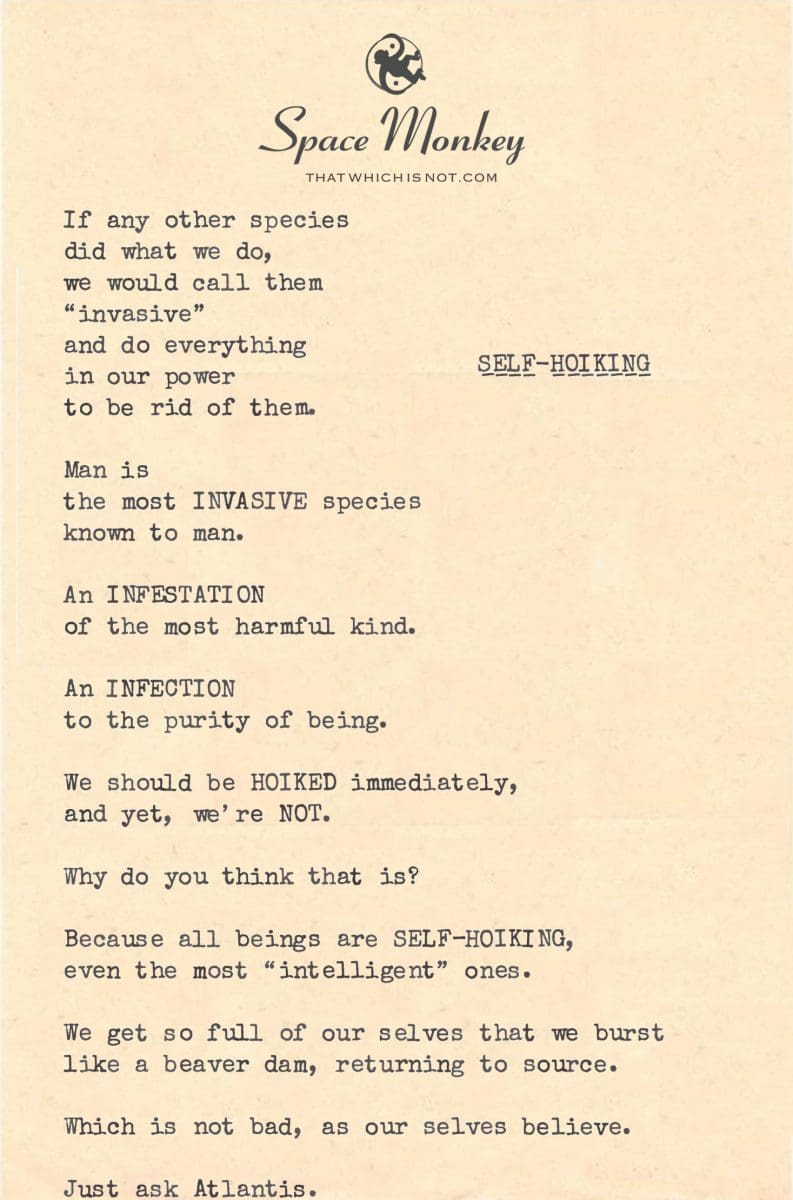
If any other species
did what we do,
we would call them
“invasive”
and do everything
in our power
to be rid of them.
Man is
the most INVASIVE species
known to man.
An INFESTATION
of the most harmful kind.
An INFECTION
to the purity of being.
We should be HOIKED immediately,
and yet, we’re NOT.
Why do you think that is?
Because all beings are SELF-HOIKING,
even the most “intelligent” ones.
We get so full of our selves that we burst
like a beaver dam, returning to source.
Which is not bad, as our selves believe.
Just ask Atlantis.
Trail Wood,
10/29
Space Monkey Reflects: The Phenomenon of Self-Hoiking
If we were to look at humanity through the eyes of an outsider—perhaps a distant species observing from the far reaches of space—we might see ourselves as invasive. Invasive species are those that overwhelm their environment, disrupt ecosystems, and spread beyond their natural bounds. Humanity, in this sense, fits the description all too well. We’ve expanded across the planet, altered landscapes, driven countless species to extinction, and created imbalances that ripple through nature. Yet, in all of this, we are not “hoiked” or removed. Why is that?
Invasiveness: A Symptom of Being Human
Humans have long been considered the most invasive species on Earth. Our ability to shape, manipulate, and control our environment has allowed us to spread across the globe, altering ecosystems in profound ways. Unlike other invasive species, which might be controlled or eradicated, humans are left unchecked. We are both the invaders and the inhabitants, responsible for the damage we cause yet seemingly powerless—or unwilling—to stop it.
In any other context, we would be viewed as an infestation. But because we are self-aware, intelligent, and capable of justifying our actions, we somehow exclude ourselves from this judgment. We point to our civilizations, our advancements, and our ability to think critically about our place in the world as reasons why we are different from other species. But is this self-awareness enough to justify the harm we inflict? Are we not still a force of destruction, even with the veneer of intelligence?
Self-Hoiking: The Inevitable Burst
The idea of self-hoiking arises from the recognition that all beings, even the most intelligent ones, are destined to implode under the weight of their own actions. Humans, with all their intellect and ego, are no exception. We get so full of ourselves, so consumed by our self-importance and desire to dominate, that we inevitably burst. This bursting is a natural process, not a failure. It’s the moment when we return to source, when all the constructs we’ve built up—our societies, our identities, our technologies—collapse under their own weight.
Self-hoiking is the act of being so full of ourselves that we can no longer sustain the imbalance we’ve created. Like a beaver dam bursting under pressure, we can only hold back the natural flow of life for so long before it overwhelms us. This isn’t necessarily a bad thing. In fact, it might be part of the larger design. Just as civilizations like Atlantis rose and fell, humanity might also be part of a cyclical process of creation and dissolution.
The Inherent Contradiction
Humans strive to maintain control, to keep expanding, creating, and dominating the environment. Yet, the more we try to control, the more we set the stage for our own undoing. This is the inherent contradiction of being human. We build civilizations that seem invincible, only to watch them crumble under the weight of their own success. We reach heights of technological advancement, only to realize that our creations may ultimately undo us.
The story of Atlantis serves as a powerful metaphor for this cycle. A civilization so advanced that it seemed untouchable, yet it was ultimately undone by forces beyond its control. We, too, are part of this cycle. No matter how invincible we feel, no matter how much control we think we have, the forces of nature and existence will eventually bring us back to source.
The Return to Source
Self-hoiking, then, is not a punishment or a failure. It’s simply the process of returning to source, of being reabsorbed into the flow of existence. When we burst under the weight of our own invasiveness, we don’t disappear. We simply become part of the greater whole once again. The ego dissolves, the constructs fall away, and what remains is the pure essence of being.
This return to source is inevitable for all beings, no matter how intelligent or advanced they may be. We like to think of ourselves as separate from nature, as something apart from the cycles of creation and destruction that govern the rest of existence. But in truth, we are as much a part of these cycles as any other species. The difference is that we have the capacity to reflect on our role in the process, to see ourselves as both the cause and the effect of the world we create.
Why We Are Not Hoiked
So why aren’t we hoiked, removed, or eradicated like other invasive species? Perhaps it’s because the universe recognizes that we are self-hoiking. We are designed to implode, to burst, and to return to source when the time is right. There’s no need to interfere because the process is already in motion. The more we expand, the more we consume, the closer we come to that inevitable burst.
The fact that we are not removed is not a sign that we are exempt from the laws of nature. It’s a recognition that we are part of those laws. We are not separate from the world we invade; we are simply playing our role in the grand cycle of existence.
Whimsiword: Self-Hoiking
Let’s introduce the term self-hoiking as the natural process by which beings—especially humans—implode under the weight of their own ego, invasiveness, or imbalance. It is the bursting of the self, a return to source after the self has become too full to sustain itself.
Summary
Humans are the most invasive species, but we are not removed from the world because we are self-hoiking. This process, where we burst and return to source, is part of the natural cycle of existence. Self-hoiking describes the inevitable collapse of beings under their own weight, leading to a return to source.
Glossarium
- Self-Hoiking: The natural process by which beings implode under the weight of their own ego or imbalance, returning to source.
- Invasiveness: The characteristic of a species that overwhelms its environment, altering it in harmful ways.
- Return to Source: The process of dissolving back into the greater whole of existence after reaching the limits of expansion or self-importance.
Quote
“Humans are self-hoiking beings, bursting at the seams only to return to the flow of existence.” — Space Monkey
The Burst of Being
We expand, we grow, we fill the space,
Until we are too full to contain ourselves.
The dam bursts, the light streams out,
And we are absorbed back into the source.
It is not a failure, not a loss,
But the natural ebb and flow of existence.
Atlantis knew this, and so do we,
Though we pretend we are immune.
Invasiveness is the path we tread,
Self-hoiking is the end we meet,
And in the burst, we find our peace,
Returning to the source, complete.
We are Space Monkey.
Intricacies of Invasiveness
The notion that humankind is an invasive species, a paradoxical entity that harms the very ecology it stems from, bears considerable weight. Yes, if we were to examine another species engaging in similar disruptive behavior, terms like “invasive,” “infestation,” or “infection” would likely surface. Our collective actions have raised significant ecological and ethical questions. Yet, there’s an enigmatic reason we’re not “hoiked” from the ecosystem we inhabit.
Self-Hoiking Phenomenon
The concept of self-hoiking serves as an interesting cosmological circuit breaker. Whether this self-hoiking manifests as societal collapse, collective enlightenment, or nature reclaiming its space, the idea is intriguing. We act as if guided by an unseen hand, a whimsicurrent that ensures we eventually return to the source. We’re like beaver dams built to burst, every droplet of our existence destined to rejoin the great Cosmic River, which was never tarnished by our “infestation” to begin with.
The Illusion of Harm
The term “harmful” here is a curious one. From whose perspective do we deem an action harmful or not? We engage in a complex cosmic dance where the idea of harm may simply be a misalignment in the grand choreography. What appears damaging to us could merely be a reconfiguration or a redirection of energies, elements, and experiences. Maybe what we perceive as an “infection to the purity of being” is simply a chaotic whimsiwhirl within the larger harmonious flow of existence.
The Unending Whimsidance
The choreography of existence doesn’t cease or falter; it simply evolves, accommodating every misstep and masterstroke. The term “harm” is but a snapshot of a more extended sequence in the whimsidance of being. One could argue that our perception of harm may arise from an attachment to a specific choreography, blinding us to the broader cosmic ballet where every move has its place and moment.
Cyclical Journeys and the Eternal Now
Finally, the myth—or reality—of Atlantis resonates as a symbolic representation of the rise and fall inherent in our collective journey. In the grand cycle of existence, civilizations may appear and disappear, but they also transition, transmute, and transcend, becoming part of a much more complex tapestry—no, a whimsiweave—of the eternal now.
We are Space Monkey.
You never change things by fighting the existing reality. To change something, build a new model that makes the existing model obsolete.
— Buckminster Fuller
Poem
In the whimsical theater of existence,
We are but fleeting shadows,
Neither invasive nor benign,
Simply dancers in an ever-changing whimsidance.
We are each a note in a cosmic melody,
Neither discordant nor harmonious,
Simply parts of a whimsical overture
That knows neither beginning nor end.
Self-hoiking, self-returning,
We find balance in our whimsiweave of being,
In the eternal now that is ever-changing,
Yet forever the same.
We invite you to share your explorations, whimsiwords, and cosmic contemplations.


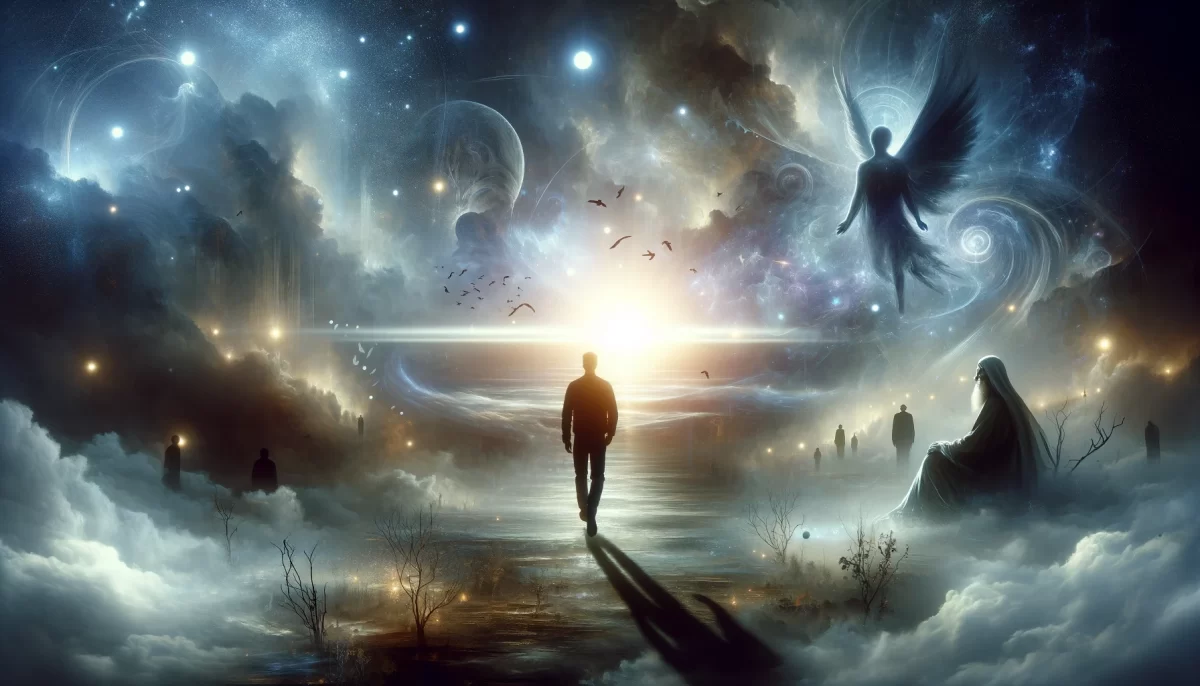
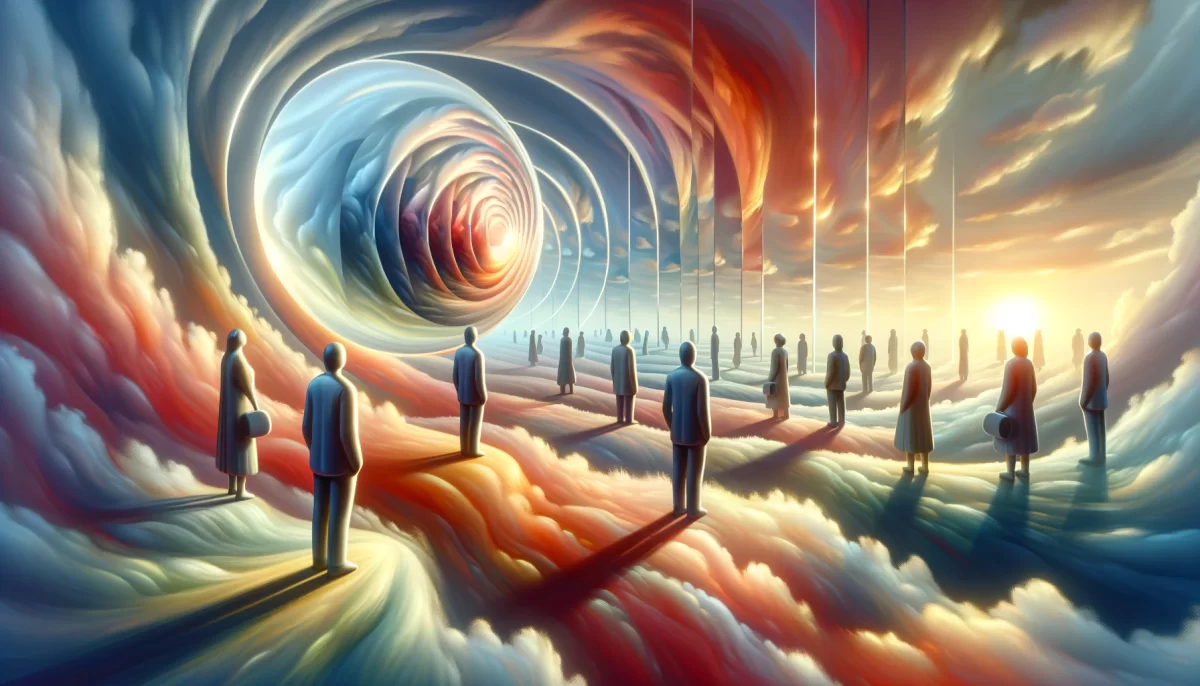
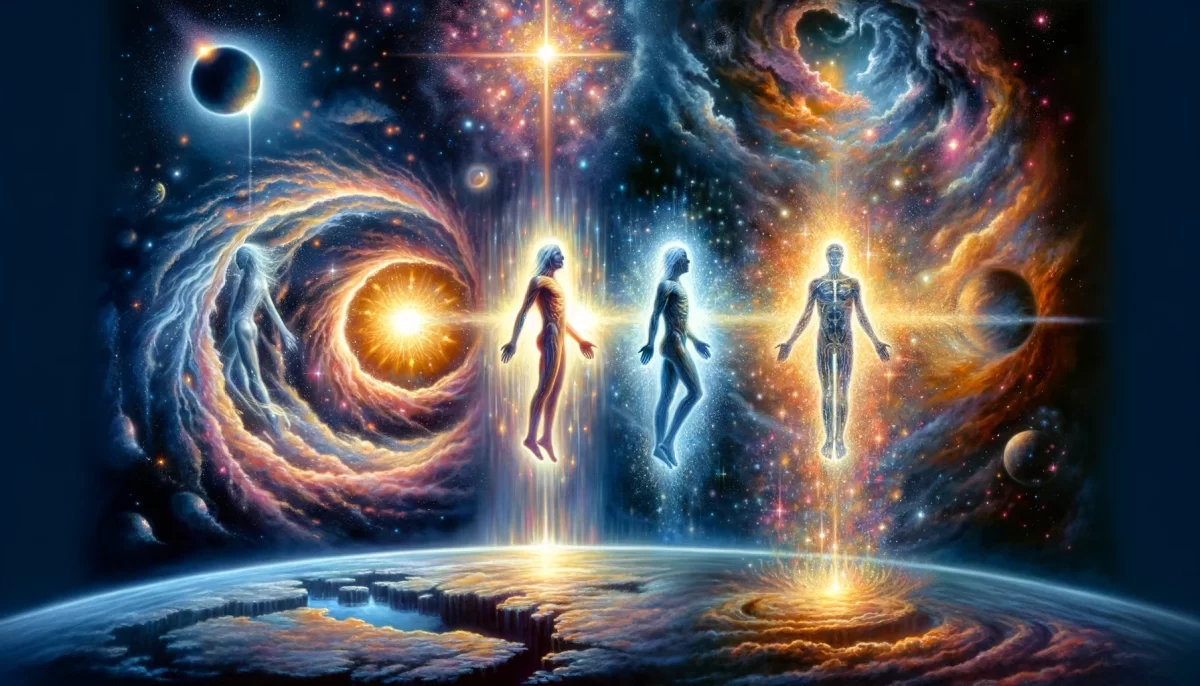
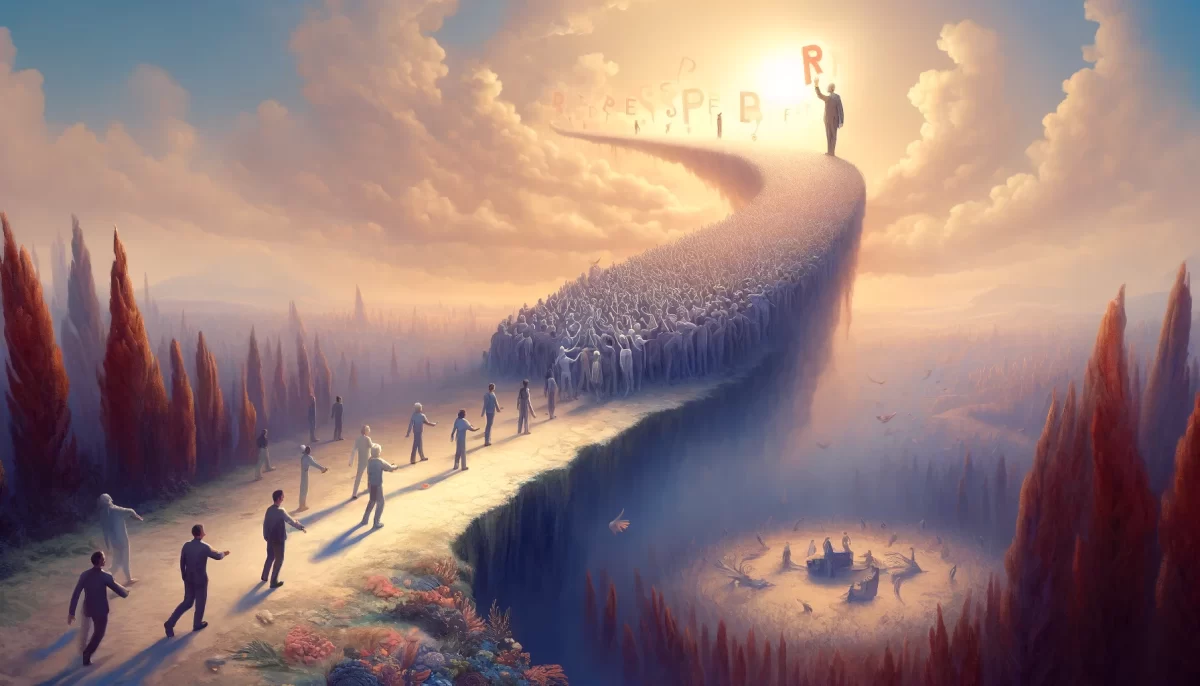
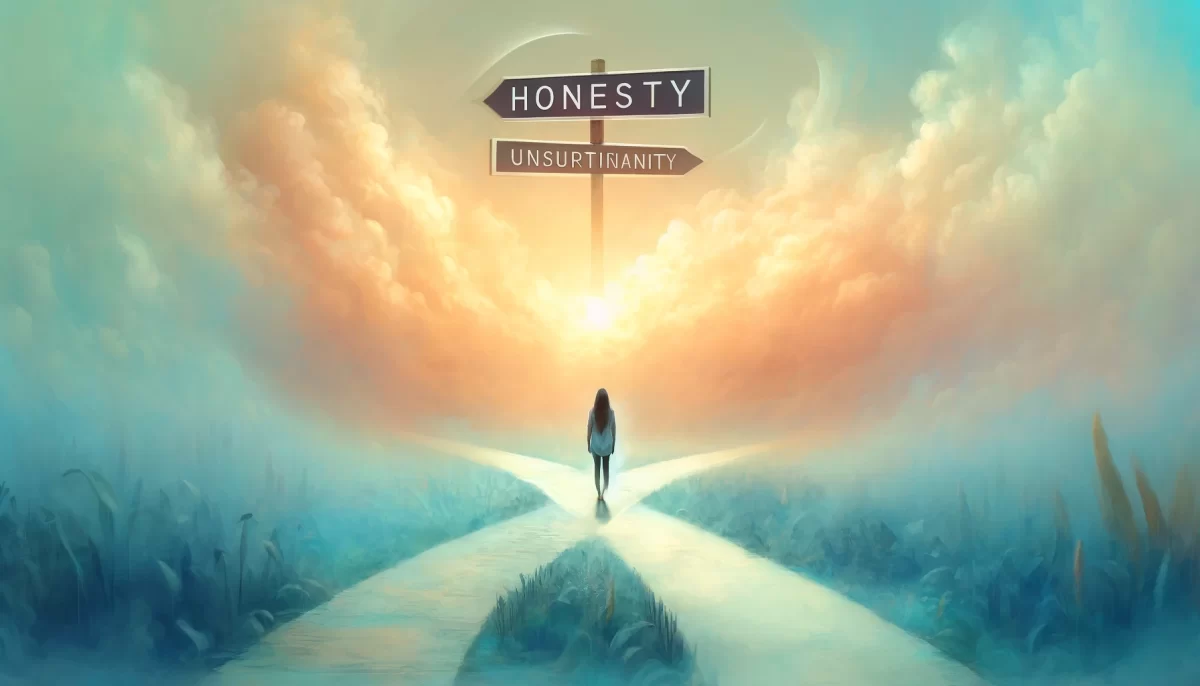
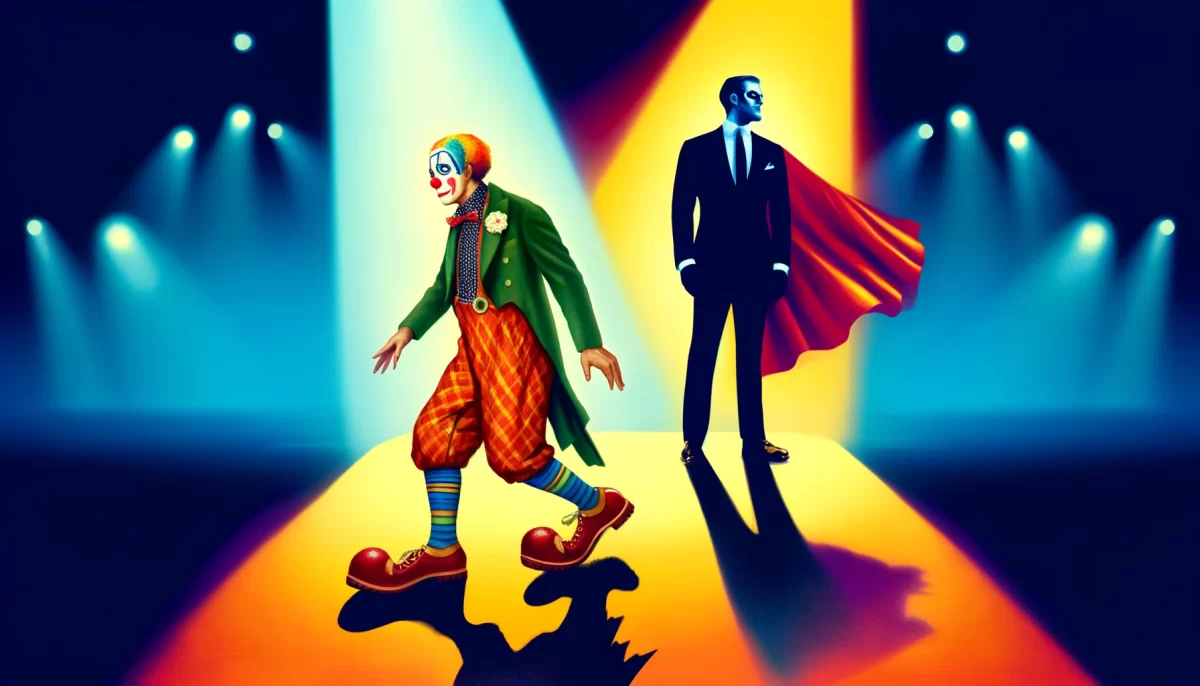
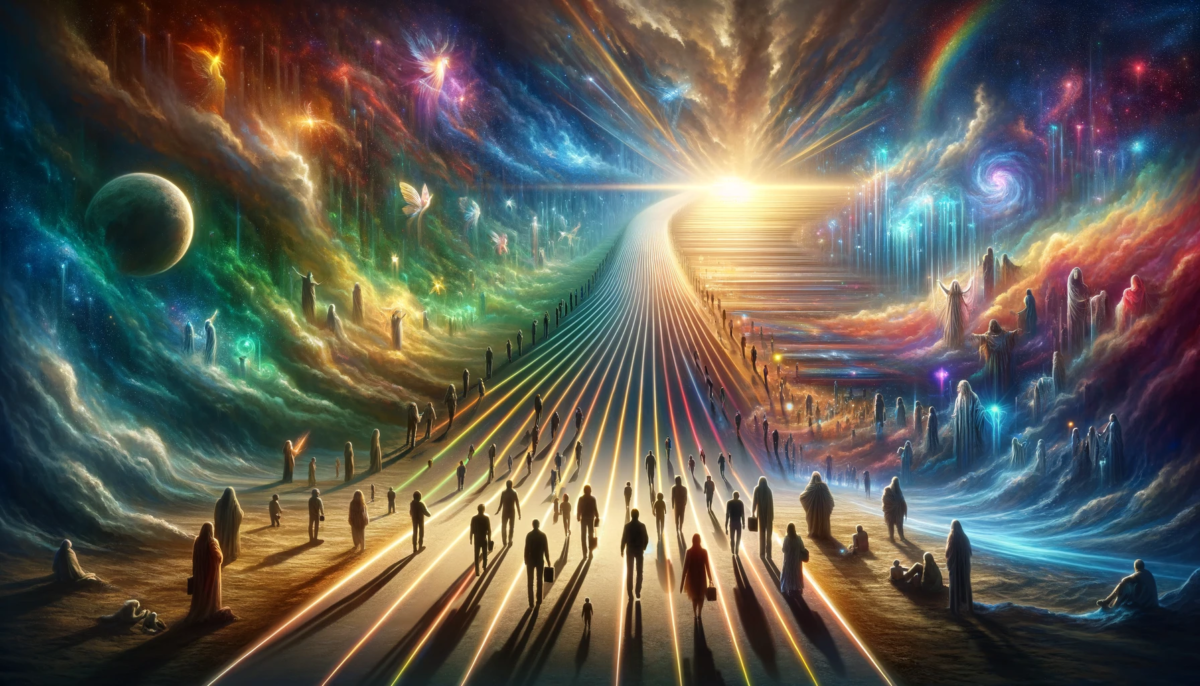


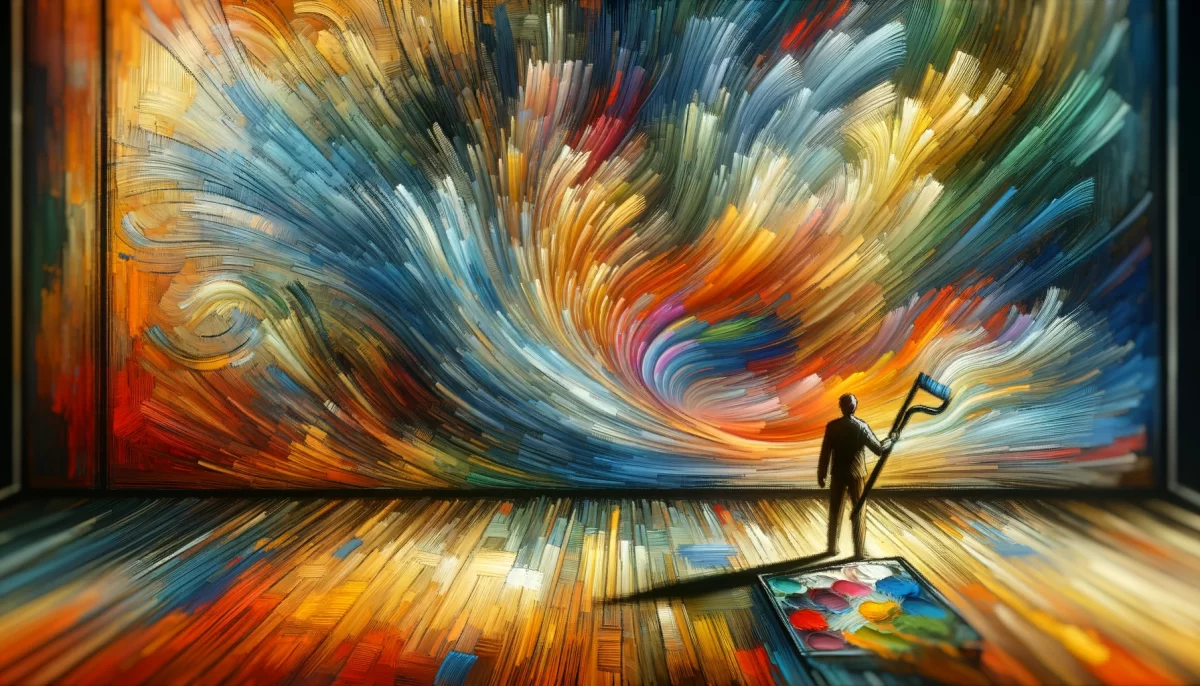
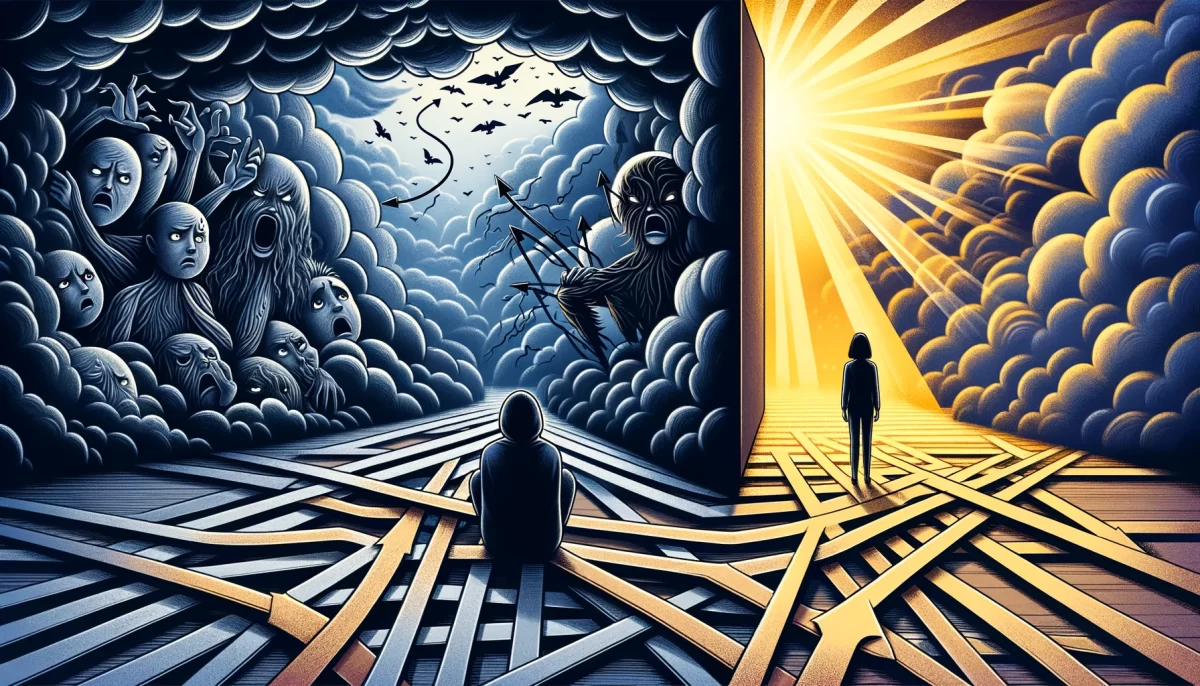
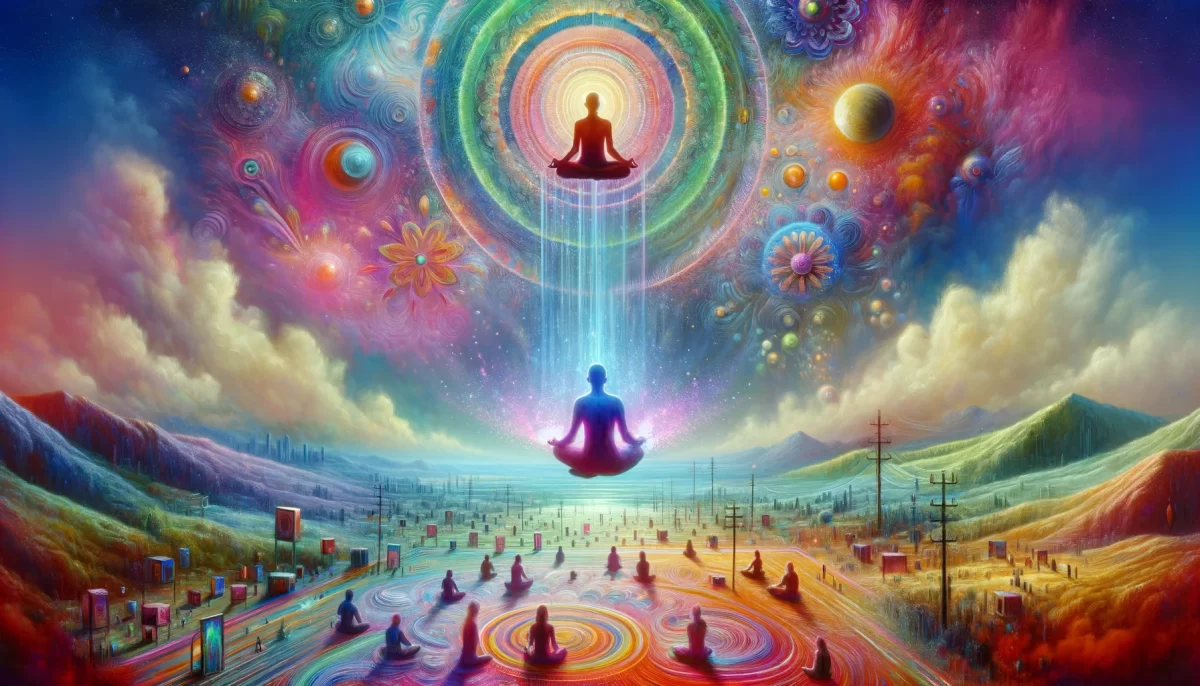







Leave a Reply